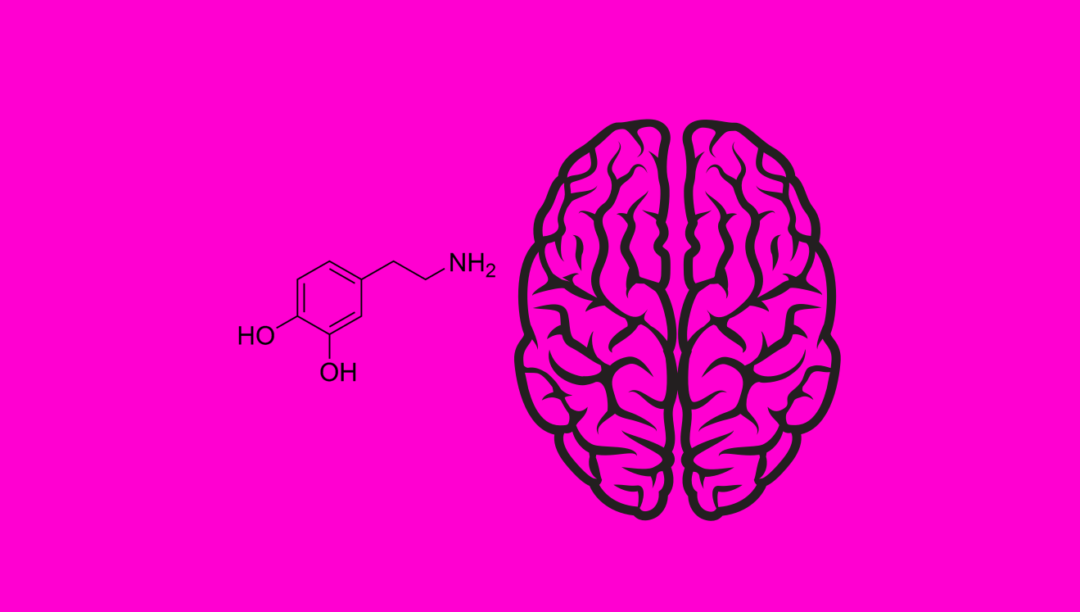Custom Tools and Functionality Government Healthcare
UX, Dopamine, and Motivation

By \ March 9, 2020
Understanding where Dopamine comes from can have a sticky effect on your website.
Visitors have a million and one reasons to leave our website once they arrive. Literally, everything is working against us to keep visitors engaged with experiences we’ve painstakingly designed.
From the first nanosecond on the website, the brain and its biases are actively making snap judgment calls. In fact, cognitive psychology researchers at Carleton University reported in the Behaviour and Information Technology journal that people make a “like” or “no-like” decision about a web page design in as fast as 50 milliseconds.
That’s astonishingly fast, but the finding that’s more arresting is that people will subsequently work hard to “confirm” their initial assessment — ignoring evidence to the contrary. The researchers call this confirmation-bias phenomenon the “halo effect.”
So, if we don’t strike the right halo effect right away, our users are very quick to bail. Unfortunately, the real story is much more involved and grim. In addition to perception (the designs folks see and quickly interpret), cognitive psychologists also study memory, attention, motivation, and emotion. And these forces are also actively working to hijack our users.
But despite all the gloom and doom, there is hope for us designers.
Without motivation, there is no action.
The same cognitive psychology principles that sabotage our users can be trained to make designs more engaging, rewarding, user-friendly, and joyful.
Let’s peel the onion. The best place to start is with motivation because as Celia Hodent wrote in her book, The Gamer’s Brain, “Without motivation there is no behavior, and increased motivation seems to enhance attention.” And we know that nothing ever good happens when we are not paying attention. More directly put, without motivation there is no action.
Sure, the motivation to click on something or fill out a form is a vastly different thing than the motivation to find water, food, or procreate. But through the lens of chemistry, especially neurotransmitters, motivation is motivation.
Dopamine is produced in several parts of the brain such as the hypothalamus, the olfactory bulb, and the retina, among others. The functions of dopamine are vast and complex. In the end, however, recent research supports that dopamine is involved in our ability to want. Without dopamine, every living organism that produces it would simply wither out and die as they would not have the motivation to eat, sleep, or drink.
Just the same, this is a bit dramatic when in the context of a website. No one is likely to die from not having the motivation to visit or stay on a website.
But chemistry is chemistry and motivation is motivation. While designers can’t necessarily force web visitors to eat bananas, avocados or eggs to increase their Tyrosine; fish, nuts, or seeds to boost their Phenylalanine; or grapes, cocoa, or pistachios to supplement Resveratrol — all of which are some of the chemical building blocks of dopamine, designers can create experiences that promote discovery, creativity, and detailed activities.

Dopamine is produced when we discover new and exciting things. Much like our ancestors were motivated by finding new flocks to hunt or new fields to plow, designers can craft their web experience in a way to promote discovery, release dopamine and affect motivation.
Similarly, performing creative activities that are enjoyable, leads people to enter a hyper-focus state called flow. And you can’t have flow without dopamine. When people experience flow, they can cut through an incredible amount of work, block out distraction and be astonishingly productive.

Finally, designers can elicit dopamine production by designing interactions that are detail-oriented. Detail-oriented tasks, such as filtering, searching, sorting, drag-dropping, etc, require focus which releases dopamine, staging a chemical stew ripe for motivation.
Why would people want to visit a website in the first place? What’s their motivation to fire up a browser, run a search or type in a URL? Perhaps the website has information they need, the website is a conduit to food, beverage and, yes, maybe even sex, or the website could simply be entertaining.
Getting people to a website is one thing — and largely a function of aligning strategy and content to the audience and need. But keeping people on the website, especially knowing we have a fraction of an instant to connect with visitors, is an entirely different thing. Use discovery, joy and detailed user input in your designs to elicit dopamine production and boost user motivation to stick around your website.
Perhaps the key to it all is as simple as chemistry.
Andrés isn’t like most founders. He’s responsible for the operations and direction of idfive, but he’s also the door-always-open, huevos-rancheros-making leader who’ll help you when the wifi isn’t working. A lifetime learner and multifaceted professional, Andrés has 30 years of experience leading projects for clients in various industries. He believes in the power of research and data to create something beautiful that can do something good.